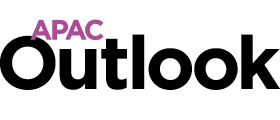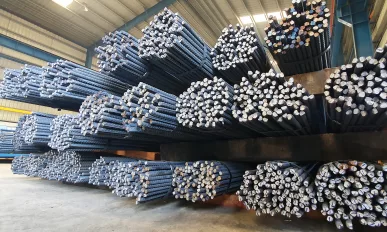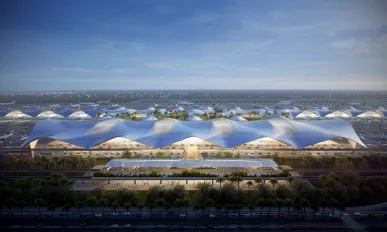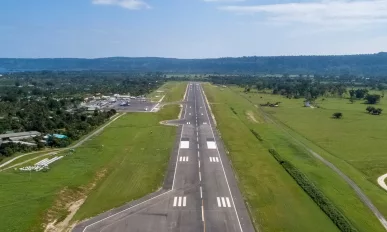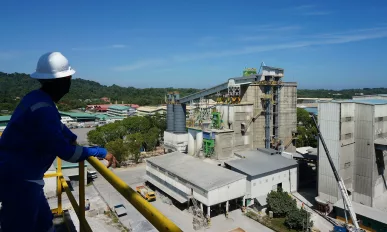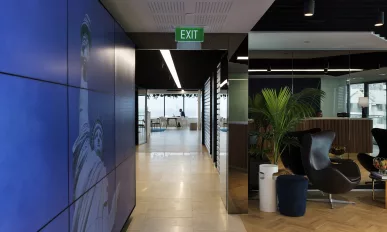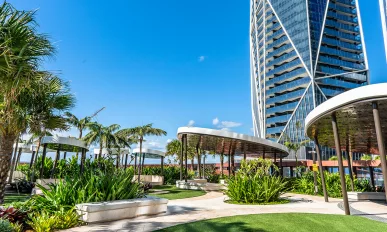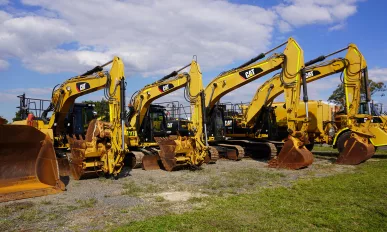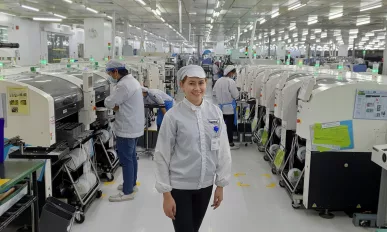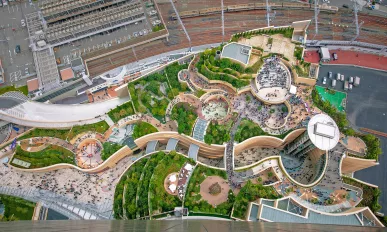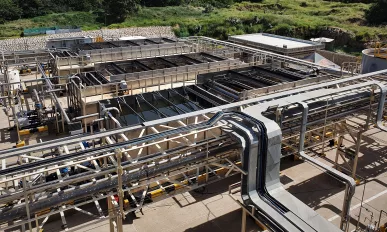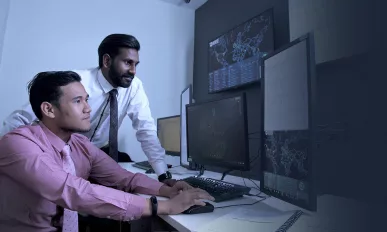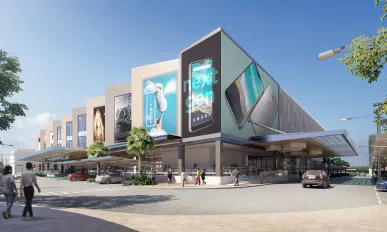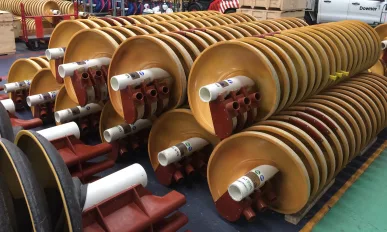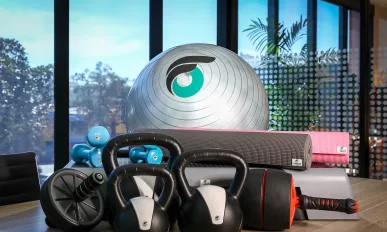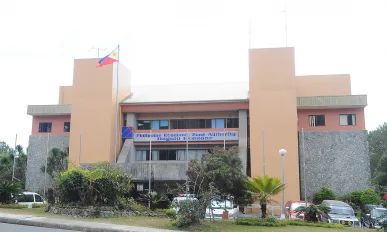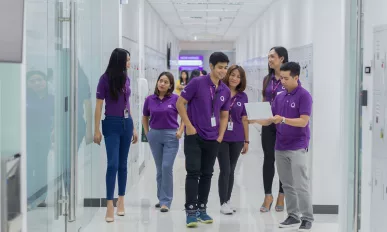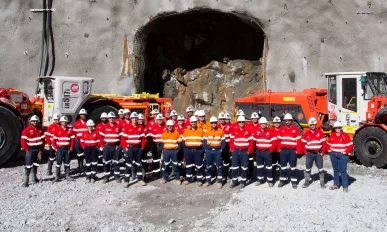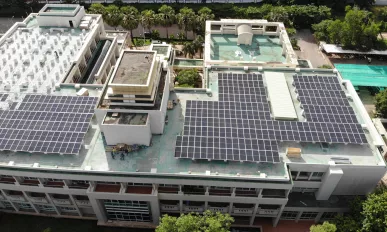Issue 46
M R Dayal Group : A Friend of Fiji
The M R Dayal Group has been a pillar of Fijian industry and social contribution for more than 80 years, now exploring steel milling.
10 Design : A Decade of Cutting-Edge Architecture
10 Design has been in operation for a decade, and is fast becoming known for its culturally sensitive, innovative architectural designs.
Airports Vanuatu Limited : Paradise Pushed to the Limit
Despite the obvious challenges posed by COVID-19, Airports Vanuatu Limited has been able to make progress on a number of developments and landmark projects.
Butra HeidelbergCement : Building Brunei
Ever since arriving in the country in 1996, Butra HeidelbergCement has played a critical role in developing infrastructure across Brunei.
CPRW : 80 Not Out
New Zealand’s CPRW is looking ahead to the next chapter in its development, defined by agility, resilience and new ideas.
DBI Design : Creating for Communities
Australia’s DBI Design prides itself on creating spaces that enable communities to thrive, with a portfolio of projects at home and abroad.
Express Food Group (EFG) : A Passion for Good Food
Express Food Group is helping bring people across Cambodia, Myanmar and Laos together through its renowned food and beverage offerings.
Grays : Going, going, gone!
The ecommerce market is booming in Australia, and Grays is enjoying significant growth, receiving 12 million visitors in the past few months.
Ionics EMS : Electronics Solutions Made Smart
The Philippines’ electronics industry is globally renowned, but Ionics EMS is ahead of the curve when it comes to technological innovation.
JERDE : Pioneering Placemaking
JERDE continues to inspire places that deliver memorable experiences to people all around the world, especially after COVID-19.
Trident Water Systems : The Water Guardian
Trident Water Systems is determined to impart sound, sustainable practice into industrial wastewater activities across Asia.
MARUHAN Japan Bank Lao : A True Partner of Laos
MARUHAN Japan Bank Lao is bringing all of its global expertise, resources and innovation to better serve its customers.
Mesiniaga Berhad : Helping Customers Succeed
Mesiniaga Berhad has been a mainstay in Malaysia’s technological story with best-in-class IT products and services since 1981.
Min Dhama Steel Structures (MDSS) : Strong and Structured Growth
How Min Dhama Steel Structures is providing support to infrastructure projects in Myanmar and beyond with its fabricated steel structures.
Mineral Technologies : Mineral Mastery
Australia’s Mineral Technologies is a go-to for mineral processing solutions, its industry-leading products deployed around the world.
Onsport : Inside Australia’s Sports Marketplace
Onsport is catapulting the development of the Aussie online sports arena, with ab expanding product range and a vibrant hub of activity.
Philippine Economic Zone Authority (PEZA)
The Philippine Economic Zone Authority has authorised special economic zones to provide attractive business and investment opportunities.
Quantrics : People Powered
Quantrics has become known for its empowerment of employees, a company culture that has enabled it to thrive commercially.
Redpath Australia : Maintaining Momentum
Redpath Australia continues its global standing and reputation as a go-to contractor for large, complex projects for its clients.
Total Solar Distributed Generation : Leading the Solar Charge
Total Solar Distributed Generation has doubled capital investment and ramped up revenues 30 times over the past 18 months.
